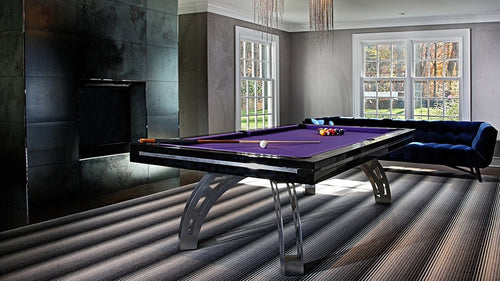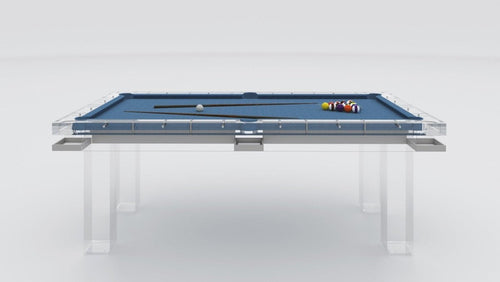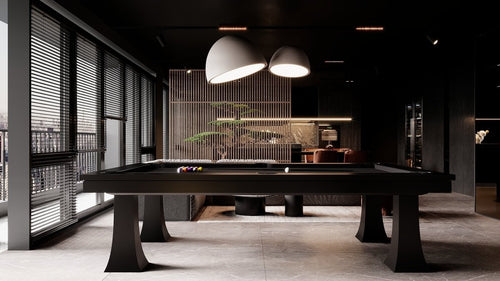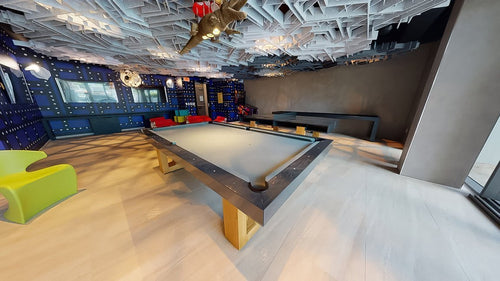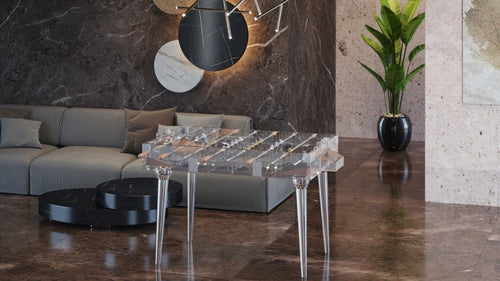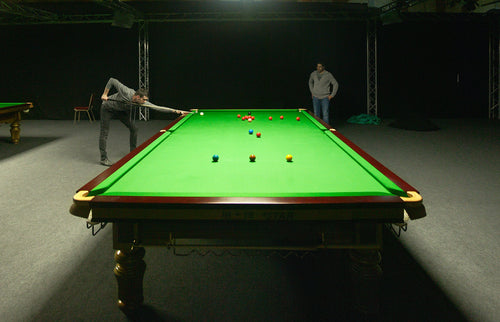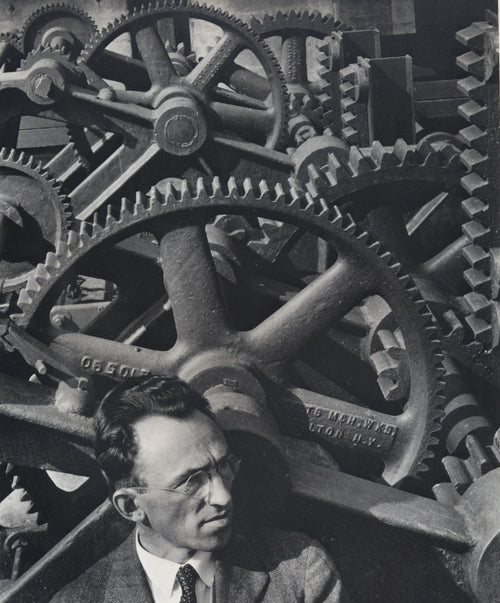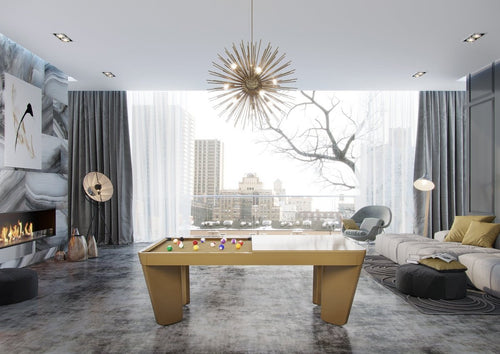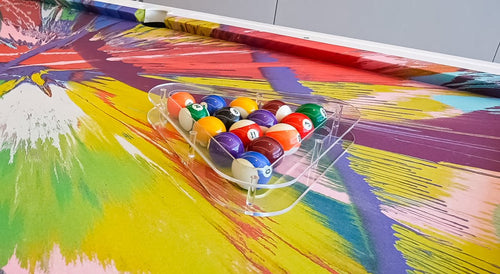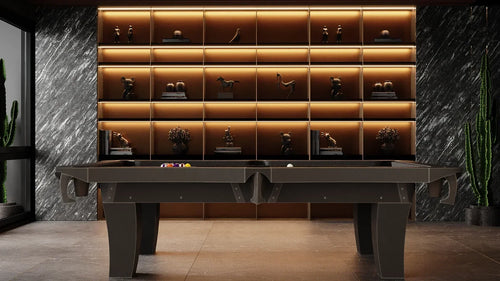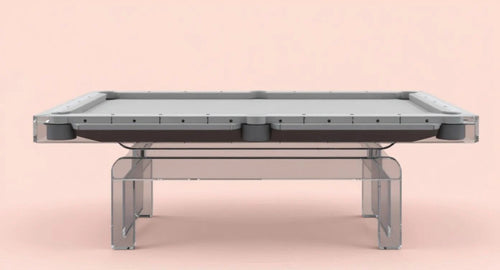Enjoy our modern designs
Estimated Read Time: 7 mins |
International visionaries brought the modernist revolution to Britain, overcoming conservative tastes and setting the stage for postwar architectural innovation.
Between the World Wars, Britain experienced a gradual yet profound shift toward modernist architecture. While initially held back by public conservatism and strict building codes, the arrival of influential émigré architects and the work of local innovators began to change the face of British design. Walter Gropius, Maxwell Fry, Erich Mendelsohn, and Serge Chermayeff were central to this transformation, introducing the International Style and reshaping British architectural identity.
Modernism Meets British Resistance
Early modernist ideas faced skepticism in Britain due to traditional preferences and regulatory barriers. However, the 1930s saw a pivotal influx of European architects fleeing political unrest, bringing their modernist ethos to British soil. This cross-pollination invigorated British design, aligning it with contemporary trends seen in the Netherlands and Scandinavia, while blending with local Arts and Crafts and Art Nouveau influences.
Key Figures and Projects
Walter Gropius and Maxwell Fry
-
Walter Gropius, former Bauhaus director, partnered with Maxwell Fry in Britain (1934–1937), producing lasting works that exemplified modernist principles:
- Impington Village College, Cambridgeshire (1936): A pioneering school design with flexible interiors and simple, functional forms—an influential model for modern educational buildings.
- House in Old Church Street, London (1936): International Style private residence with sleek exteriors, open-plan interiors, and furniture collaborations with Marcel Breuer for Isokon.
-
Maxwell Fry also independently designed:
- Sun House, Hampstead, London (1936): Known for its extensive glazing, it became a landmark of modernist domestic design in Britain.
Erich Mendelsohn and Serge Chermayeff
-
Erich Mendelsohn (from Germany) and Serge Chermayeff (British-trained) collaborated on:
- De La Warr Pavilion, Bexhill-on-Sea (1935–36): Acclaimed for its streamlined forms, sweeping glass walls, open interiors, and its iconic curving staircase. It stands as one of Britain’s finest International Style buildings.
- House in Old Church Street, London (1935): Their residential project featured smooth white façades, geometric clarity, and inventive interiors.
- Chermayeff also brought modernist flair to product design, such as his Art Deco-inspired table radios (1933).
Britain’s Role in European Modernism
By embracing the defining characteristics of the International Style—white façades, large glass panels, geometric clarity, and rejection of historic ornament—these architects overcame initial resistance and helped modernism gain traction in Britain. Their cross-cultural collaborations and innovative projects laid the groundwork for postwar architectural modernism throughout Europe.
Today, the work of Gropius, Fry, Mendelsohn, and Chermayeff stands as a testament to the transformative power of international exchange and the enduring influence of modernist visionaries in shaping Britain’s built environment.



